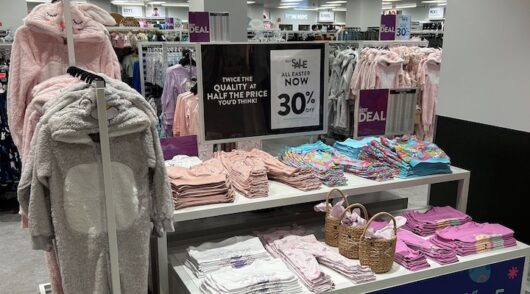Today, you can accomplish most tasks within just a few clicks. If you want food, open a delivery app. If you need a ride, tap and it will appear. If you want a 1000-word summary on why B2B marketplaces are the next big thing, ChatGPT will help you write just that.
However, the wholesale world remains woefully analogue. Despite all the digital disruptions happening on the consumer side, B2B has stayed in the digital dark ages. This is especially true for small businesses and their supply chain, which are stuck with old-school ordering systems. Frustratingly, this means big business continues to race ahead.
And yet, B2B is big business. B2B markets are many times bigger than B2C markets. Disruption couldn’t come sooner. Especially in B2B markets, like wholesale, where its B2C counterpart of retail is among the most advanced in the world.
B2B should feel like B2C
According to McKinsey, two-thirds of B2B buyers prefer remote human interactions (such as video calls) or digital self-service.
This is driven by several factors, not least a changing of the guards. Based on the 2021 Census, millennials have passed baby boomers on an Australian population level. It happened faster than anticipated. Older workers are retiring and younger workers are taking their place, with increasingly more buying power.
Millennials and Generation Z are digital natives who simply won’t settle for an analogue world. Let’s not forget about the next generation, Alpha, born into an ever-convenient, on-demand, Amazon-inspired world. And guess what? They’re already here shaking up wholesale.
The rise of the B2B2C marketplace
This is where B2B needs to start operating like B2C. Make it modern, nice and easy.
Enter the B2B2C marketplace. It can be a mouthful, but it’s really simple. If you’ve got a product to sell, a B2B2C marketplace will help you sell it to other retailers. If you want to buy a product to sell, a B2B2C marketplace is the place you go to find it.

At Dropshipzone, we have more than 1000 active channels you can sell through as a supplier. We also have more than 40,000 products you can choose from as a retailer. It’s a straightforward sales process and doesn’t require a mighty sales effort. This is about making wholesaling whole again.
A retail strategy to beat inflation
In this market, it’s also about beating inflation. The new generation of consumers has never experienced a world of high prices. Whether you’re a retailer, supplier, or just a regular consumer, it’s in your best interest to do everything in your wheelhouse to counteract inflation.
The rising cost of raw materials, shipping, warehousing and labour is putting enormous pressure on retailers, suppliers and increasingly price-conscious consumers. In a recent Shopify survey of 900 small businesses across 14 countries, 66 per cent said they expected supply chain issues to get even worse in 2023, creating even more expensive bottlenecks.
Thankfully, there’s a way to relieve some of these inflationary pressures. As a retailer, you can choose a B2B2C marketplace where you only pay for the product once you sell the product. No more warehousing.
As a supplier on a B2B2B marketplace, you can find customers for your products without spending extra on labour or customer acquisition. You can sell more products, more often, with less cost and effort. (Just a little more effort than it would take to use ChatGPT.)
Make ship happen with Dropshipzone
If you’re looking for a modern alternative to wholesaling in 2023, Dropshipzone is the answer.
With Dropshipzone, the size of your business isn’t confined to the size of your garage, warehouse or bank account. It’s a way to stay relevant and beat inflation.
Ready to move on from old-school wholesaling and try a B2B2C marketplace? Make ship happen with Dropshipzone today.






